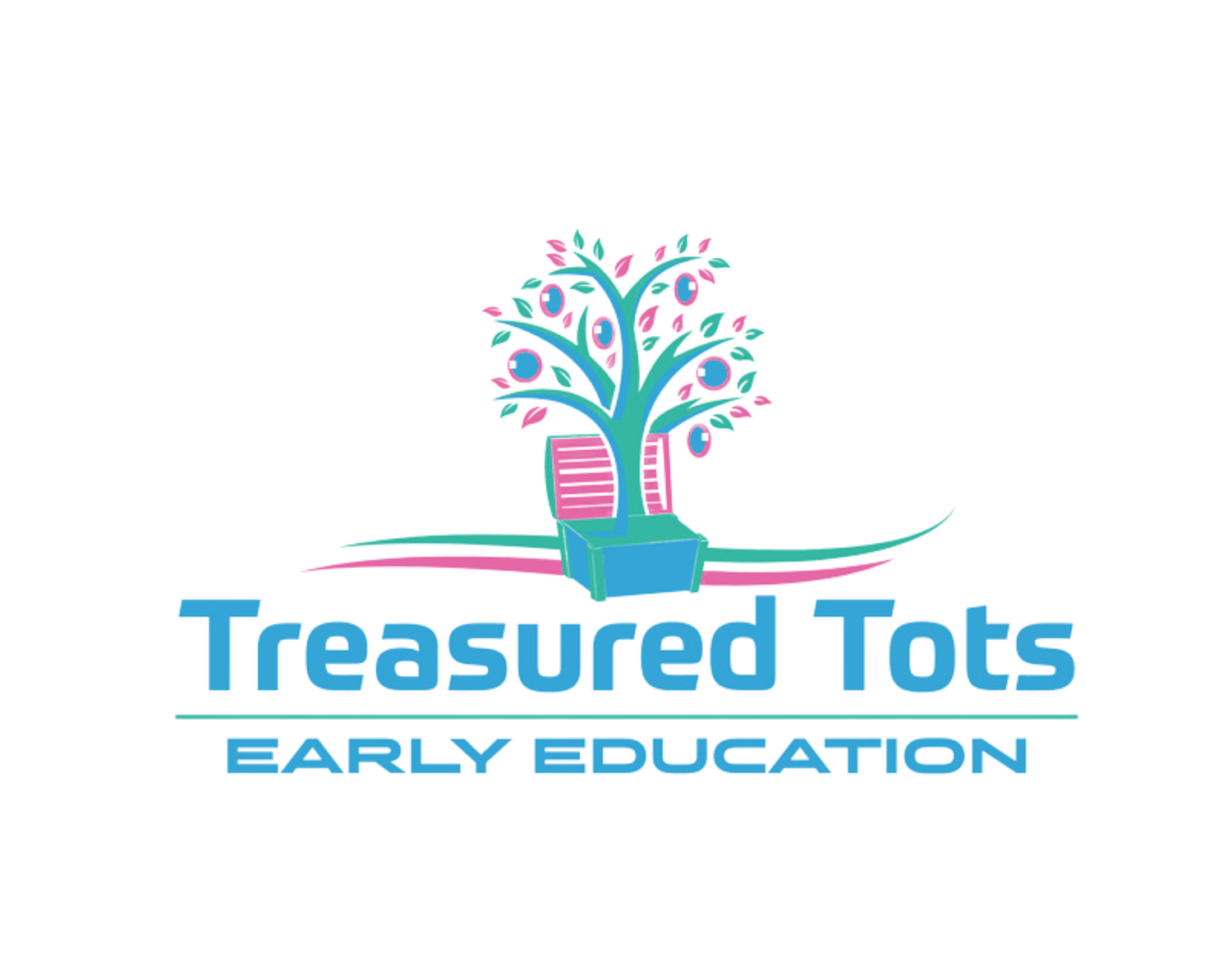The Importance of STEM In Early Childhood Education
Who would have thought that something as simple as a packet of veggie seeds can light a flame in the minds of young children in the fields of science, technology, engineering and maths?
These four disciplines are collectively known as STEM and we’re hearing more and more about the critical need for skills and knowledge in these areas to create a brighter and better future for the world. STEM also covers the relationship between these four areas.
STEM and early childhood education
The early years are critical for a child’s healthy growth and development and their exposure to quality learning environments has a significant and lasting impact on their future success. Early childhood is a time when they develop key cognitive, physical and emotional skills and it’s a time when they learn how to learn.
‘Why’ and ‘how’ are the chorus of the early years and when little people are encouraged to question their explorations and work out solutions by thinking critically and creatively and collaborating with adults and their peers, they set themselves up for a lifelong love of learning.
Early childhood is also the very best time to introduce STEM learning.
Children are naturally curious and these formative years are critical in piquing their interest in the world around them, how it works and their place in it. STEM learning also develops a child’s literacy and comprehension skills.
STEM skills and knowledge are crucial for all stages of our learning, our work and our daily lives, jobs and everyday lives. In this article, we’ll illustrate the importance of starting young with these concepts and how a humble packet of seeds can illustrate STEM in a simple and understandable way.
Vegetable seeds = STEM
From sowing the seeds through to harvesting the produce, there are many different aspects throughout the whole process that support the introduction of STEM concepts.
Counting seeds and measuring out rows for planting (Maths)
Discussing how much space each individual plant will need to thrive (Maths)
Measuring how much water is needed and how often the seeds need watering (Maths)
Discussing why different plants need sunlight (Science)
Discussing possible support structures for the growing plants. How strong do they need to be and what shape? What materials should be used and why? (Science)
Making compost. What happens to plant material and why is it important for the soil and for plants’ healthy growth? Topics like decomposition, earthworms etc could be discussed here (Science)
Discussing garden tools and the different tasks they perform. Why are some watering cans easier to pour than others? (Technology)
Adding fertiliser or making a home remedy to repel snails and slugs (Technology)
Picking and sharing the harvest (Maths)
The whole process lends itself to discussions and investigations on so many different topics. Children will be engaged and can be introduced to different ways of researching things and testing their hypotheses through observation, hands-on discovery and of course, trial and error!
They’ll be exposed to STEM inquiry, but they’ll also be developing their crucial skills like critical thinking, collaboration, teamwork, negotiation, resilience, risk management, patience and self-confidence.
The above examples are just a tiny snapshot of the type of STEM discussion points and concepts that could be introduced during the journey from preparing the garden to picking the produce. They simply serve to illustrate just how easy it is to incorporate STEM learning into early education.
Opportunities for STEM in early education
At face value, the concepts of science, technology, engineering and maths may seem too advanced for young minds to grasp. They’re not. STEM learning in early education can be fun.
Children have an innate desire to make sense of their world and they actively seek out knowledge by using all their senses. Watching, listening, touching, tasting, smelling, building, dismantling, playing, creating, exploring – they’re natural scientists and problem-solvers. They ask questions and they seek answers and when educators and adults encourage and support this natural curiosity, they’re helping to forge a foundation for a lifetime love of learning.
A final thought
During a child’s formative years, STEM can be found in their daily activities and of course, during play. At Treasured Tots, we aim to help children develop their natural tendencies to explore, enquire, create and innovate by providing a quality, richly resourced environment with plenty of opportunities for discovery.
We firmly believe that a strong foundation in STEM will help ensure a bright future for little people and if you are investigating early learning centres in Perth, we welcome you to get in touch with Treasured Tots. We have seven childcare centres in Mandurah, Bibra Lake, Fremantle, Piara Waters, Hamersley, Bennett Springs and Bicton which provide high-quality childcare and kindergarten programmes for children between the ages of 0 and 5 and we’d love to show you around one of our ‘homes away from home’.
Book a tour of any of our wonderful centres to ensure our management team are available to show you around and answer any questions.”

